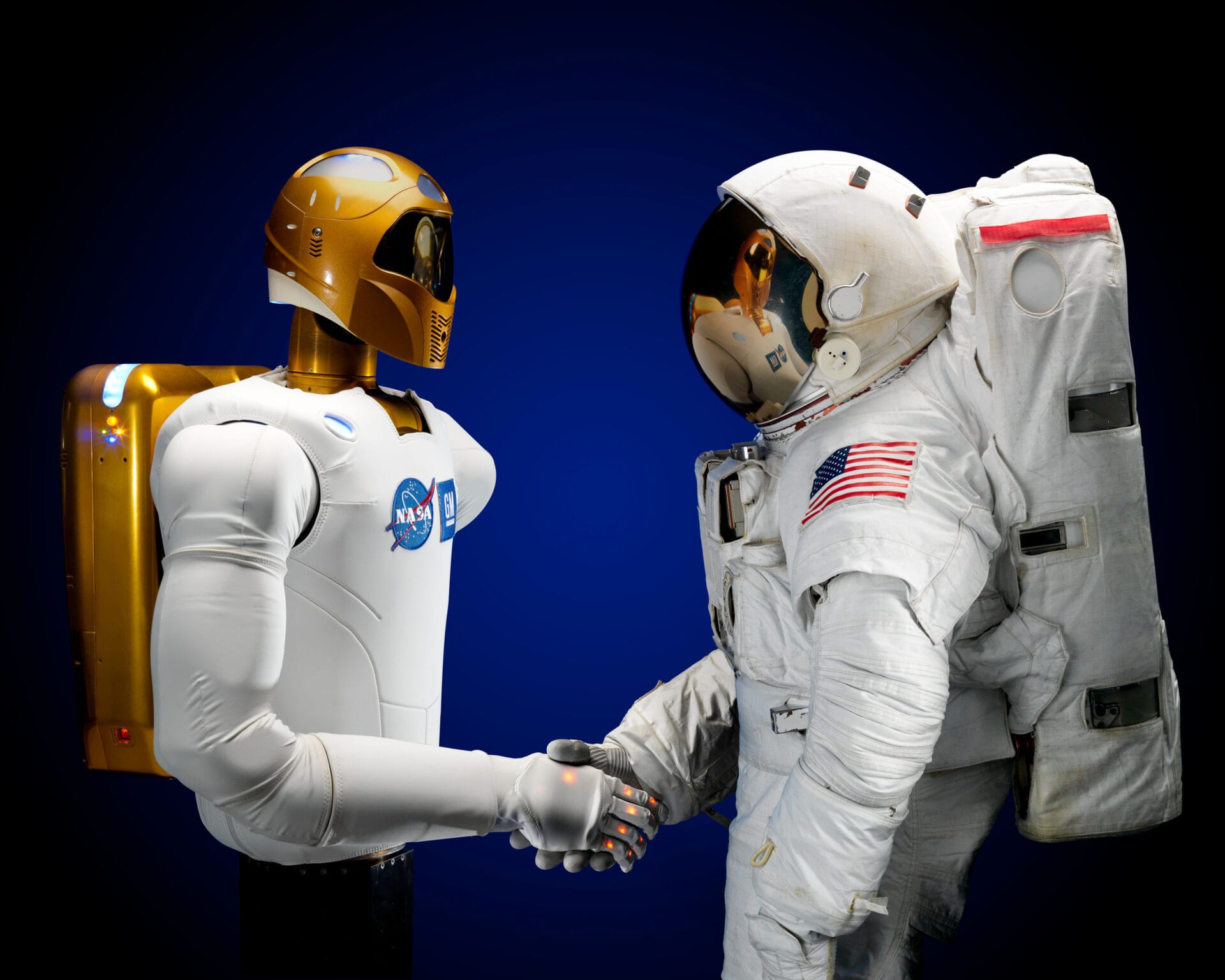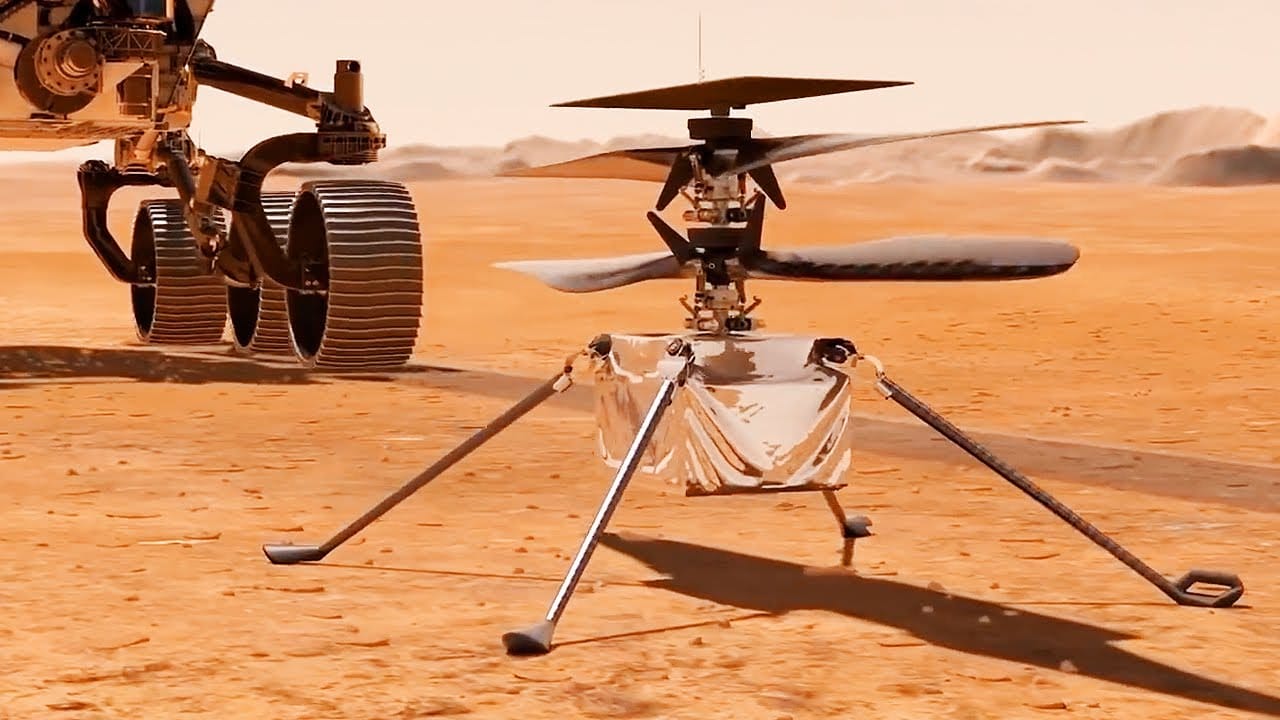The exploration of outer space has captivated the human imagination for centuries, and as technology advances, the question of whether robots could replace human astronauts in these endeavors becomes more pertinent. Robotics has made significant strides in recent years, leading to discussions about the viability of deploying robots for tasks traditionally performed by humans in space missions. This article aims to explore the current state of robotic technology in space exploration, the advantages and challenges of using robots, and the future of human-robot collaboration in this field.
Robots have been utilized in space exploration for decades. From the Mars rovers to the Hubble Space Telescope, robotic systems have proven to be invaluable tools for gathering data and conducting experiments in environments that are often hostile to human life. The development of advanced robotics has led to the creation of more sophisticated machines capable of performing complex tasks with precision and efficiency. For instance, NASA’s Perseverance rover, which landed on Mars in February 2021, is equipped with cutting-edge technology that allows it to navigate the Martian surface, analyze soil samples, and even produce oxygen from carbon dioxide in the atmosphere.
One of the primary advantages of using robots in space exploration is their ability to operate in environments that are unsuitable for humans. Space is characterized by extreme temperatures, high levels of radiation, and microgravity, all of which pose significant risks to human health. Robots, however, can be designed to withstand these conditions, enabling them to conduct missions that would be perilous for astronauts. Additionally, robots can be deployed for extended periods without the need for life support systems, making them ideal for long-term exploration missions.
Moreover, the cost-effectiveness of robotic missions cannot be overlooked. Sending humans into space requires extensive training, support systems, and life support infrastructure, all of which contribute to the high cost of manned missions. In contrast, robotic missions can be less expensive to design, launch, and operate. This financial aspect is particularly important as space agencies seek to maximize their budgets while still achieving ambitious exploration goals.
However, the potential for robots to replace human astronauts is not without its challenges. While robots are capable of performing many tasks, they still lack the adaptability, intuition, and problem-solving abilities that humans possess. Space exploration often involves unpredictable situations that require quick thinking and creative solutions, skills that are inherent to human astronauts. For example, during the Apollo missions, astronauts had to make real-time decisions in response to unexpected challenges, such as equipment malfunctions or changes in mission parameters. While advancements in artificial intelligence may enhance robotic capabilities, there remains a significant gap between human cognition and robotic processing.
Another consideration is the ethical implications of replacing human presence with robots in space. The exploration of space is not only a scientific endeavor but also a deeply human experience. The quest for knowledge and the desire to explore the unknown are fundamental aspects of human nature. The potential replacement of human astronauts with robots raises questions about the value of human experience in space exploration. The emotional and psychological aspects of exploration, including the camaraderie of astronauts working together and the personal growth that comes from facing the challenges of space travel, cannot be replicated by robots.
Looking to the future, it is likely that a hybrid approach will emerge, combining the strengths of both humans and robots in space exploration. Human-robot collaboration could optimize missions by leveraging the unique capabilities of each. For instance, robots could conduct preliminary surveys of distant planets or moons, gathering data and preparing for future human missions. This approach would allow astronauts to focus on tasks that require human insight and adaptability while minimizing risks associated with human presence in hazardous environments.
In conclusion, the question of whether robots can replace human astronauts in space exploration is complex and multifaceted. While robotic technology has advanced significantly and offers numerous advantages, there are inherent limitations to what robots can achieve independently. The future of space exploration may not hinge on a choice between humans and robots but rather on how these two entities can work together to push the boundaries of our understanding of the universe. As we continue to explore the cosmos, the collaboration between humans and robots will likely play a crucial role in shaping the next era of space exploration.



